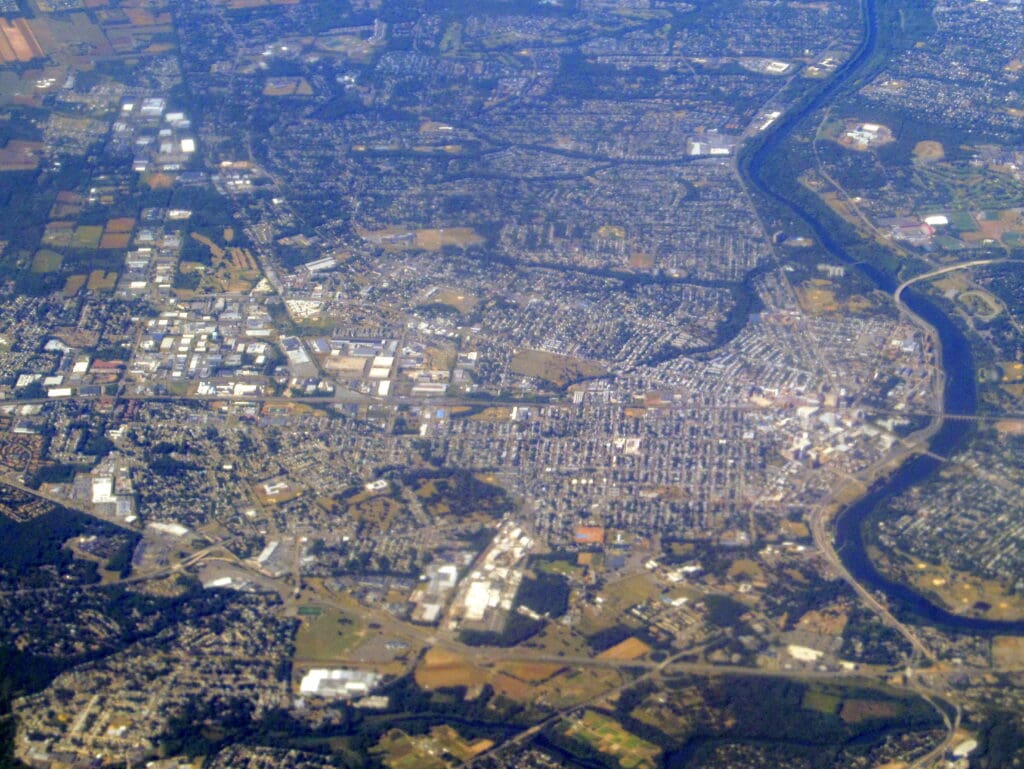The homeless population in New Jersey has reached its highest level in more than a decade according to the latest state point-in-time count.
Conducted in January by Monarch Housing Associates, the survey identified 13,748 individuals experiencing homelessness in a single night, marking an 8% increase from the previous year. The total includes 11,700 people in shelters or temporary housing, and nearly 2,000 living unsheltered—a 15% rise in the latter group.
The report highlights a stark racial imbalance. Despite making up just 12% of the state’s population, Black residents account for nearly half of the homeless population. The data was compiled as part of NJ Counts, an annual statewide effort mandated by the U.S. Department of Housing and Urban Development.
Advocates point to rising housing costs, reduced funding for social programs, and federal policy shifts as key factors behind the surge. According to NJ Spotlight News, cuts to New Jersey’s Affordable Housing Trust Fund and the elimination of funding for a long-running South Jersey housing program have worsened the situation.
Federal changes are also expected to affect Medicaid, with as many as 360,000 low-income New Jerseyans projected to lose coverage. The potential loss in health care funding could top $3.5 billion annually.
Monarch Housing CEO Taiisa Kelly told NJ Spotlight News that the crisis is driven by a chronic shortage of affordable units and a shrinking safety net. New Jersey is short more than 205,000 affordable rentals for its lowest-income residents, according to the most recent national housing data.
The recent spike in homelessness follows an executive order by President Donald Trump aimed at removing unhoused people from public areas and moving them to institutional settings. Advocates criticized the move, saying it undermines proven housing-first strategies and emphasizes coercive measures that are unlikely to reduce homelessness in the long-term.
All 21 counties in New Jersey participated in the annual count, which is used to guide local policy and allocate resources. As the numbers climb, housing advocates warn that the tools to reverse the trend are being systematically dismantled.
The New Jersey Digest is a new jersey magazine that has chronicled daily life in the Garden State for over 10 years.
- Staffhttps://thedigestonline.com/author/thedigeststaff/
- Staffhttps://thedigestonline.com/author/thedigeststaff/
- Staffhttps://thedigestonline.com/author/thedigeststaff/
- Staffhttps://thedigestonline.com/author/thedigeststaff/


